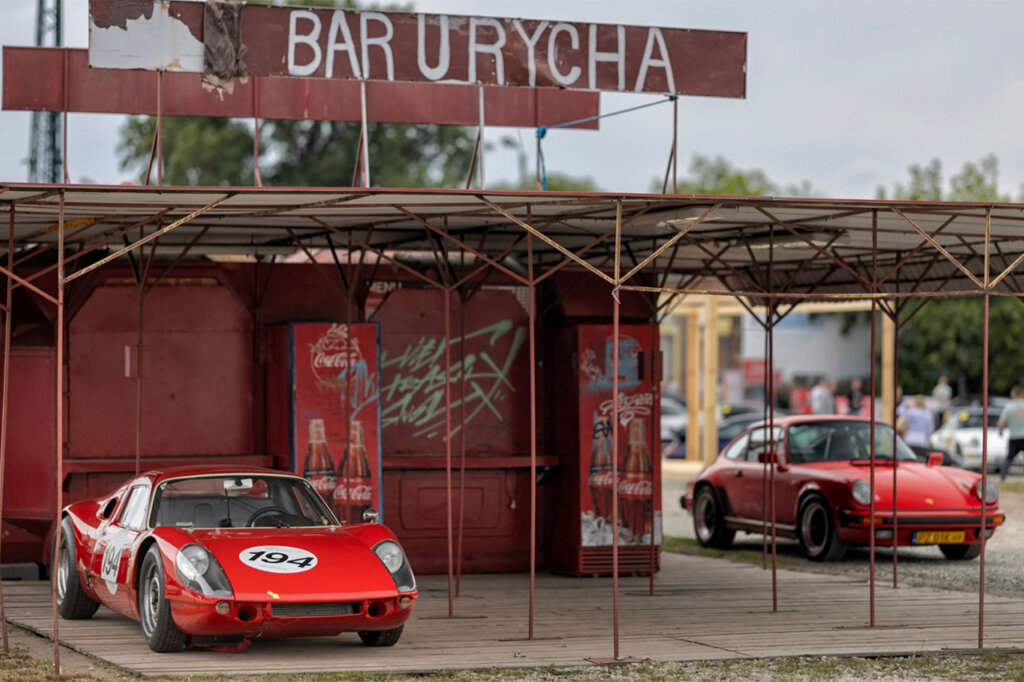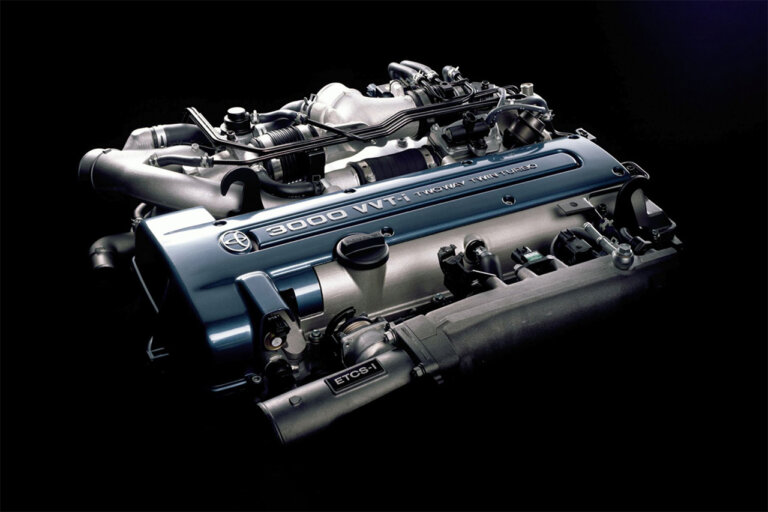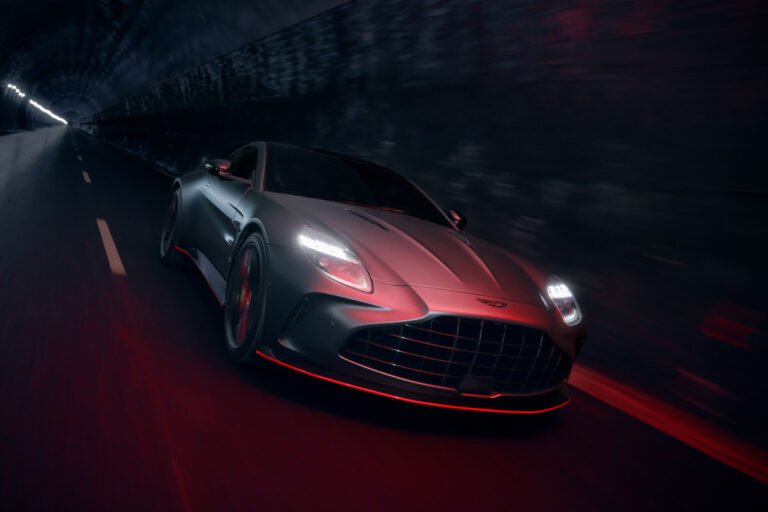
Source: Porsche
Porsche’s use of the Carrera name has a storied legacy rooted in motorsport history, originating from the Carrera Panamericana endurance race. Known as one of the most challenging races of the early 1950s, the Carrera Panamericana spanned over 2,000 miles of rugged Mexican terrain, testing the durability, speed, and handling of every vehicle that dared to enter. Porsche saw the race as the perfect proving ground for its engineering prowess, recognizing that a victory here would symbolize the brand’s resilience and high-performance standards. The Porsche 356, the company’s early sports car, entered the 1952 race and achieved impressive results, marking the beginning of a deep connection between Porsche and the Carrera Panamericana. Inspired by its success, Porsche would go on to adopt the Carrera name, signifying the endurance, precision, and racing spirit inherent in each Carrera model that followed.

Source: Porsche
The Carrera name became more than just a label; it evolved into a badge of honor for Porsche’s high-performance line, epitomizing the brand’s commitment to engineering excellence and motorsport heritage. In 1955, Porsche introduced the 356 Carrera, the first model to bear the name, equipped with a powerful engine initially developed for racing. The Carrera badge has evolved through decades, with each model carrying its own unique updates and innovations while remaining true to the values Porsche first demonstrated in the grueling Carrera Panamericana. Building on Porsche’s deep-rooted Carrera legacy, we’ll breakdown Carrera models from the 356 to the present-day 991 and 992 Carrera generations.

Porsche 356
The Porsche 356, introduced in 1948, marked Porsche’s first foray into mass production and laid the foundation for the brand’s identity as a sports car icon. Drawing on technology from platforms like the VW Beetle, which Ferdinand Porsche himself had designed, the 356 boasted a rear-engine layout and a lightweight chassis, making it nimble and reliable. This design, paired with an aerodynamic body, established the 356 as a pioneer in blending accessible performance with everyday usability, a formula Porsche would continue to perfect in later models.

Source: Porsche
At the heart of the 356 Carrera was its Fuhrmann-designed engine, a four-cam, air-cooled flat-four that was both complex and revolutionary. Known as the Type 547, this engine delivered exceptional power for its size, producing up to 100 horsepower, which was remarkable for the era and a significant leap from the standard 356 models. Its unique design, with dual overhead camshafts and a dry-sump lubrication system, gave the Carrera an edge in endurance racing, allowing it to perform at high speeds over long distances without sacrificing reliability.

Source: Porsche
Additionally, the 356 Carrera featured sportier handling, thanks to upgraded suspension components and a reinforced chassis that improved stability and responsiveness on demanding racecourses. Many Carrera models were fitted with special lightweight bodies made from aluminum, enhancing their performance by reducing overall weight. These innovations made the 356 Carrera not only a force in motorsport but also a beloved driver’s car with a race-bred soul, blending Porsche’s engineering sophistication with thrilling on-road performance. All in all, Porsche was looking to make a statement with its first endurance racing platform and that it did.

Source: Motofutura
Porsche 904
The Porsche 904 Carrera, introduced in 1964, represented a major leap in Porsche’s Carrera lineup, combining cutting-edge design with advanced engineering to excel on both road and track. Developed as a purpose-built racing car to meet FIA’s homologation requirements, the 904 featured an innovative fiberglass body bonded to a steel chassis, maximizing strength while keeping weight to a minimum. This construction, a first for Porsche, gave the 904 a clear advantage in agility and acceleration over heavier, traditional platforms of the time.

Source: Porsche
A key feature of the 904 was its mid-engine layout, which had proven successful in the Porsche 718 RSK model. This configuration allowed for optimal weight distribution, enhancing the car’s handling and responsiveness. Powering the 904 was the evolved Type 587 engine, an advancement on the earlier Type 547 used in the 356. This new flat-four engine featured dual overhead camshafts and dry-sump lubrication, delivering a dramatic increase in output from the original 70 horsepower to a formidable 180 horsepower. This surge in power, combined with the 904’s race-tuned suspension, made it a competitive force in legendary races like the Targa Florio and the 24 Hours of Le Mans. With its lightweight design, increased horsepower, and exceptional balance, the 904 outperformed many larger, more powerful rivals, solidifying its place as a trailblazer in Porsche’s racing legacy.

Source: Porsche









